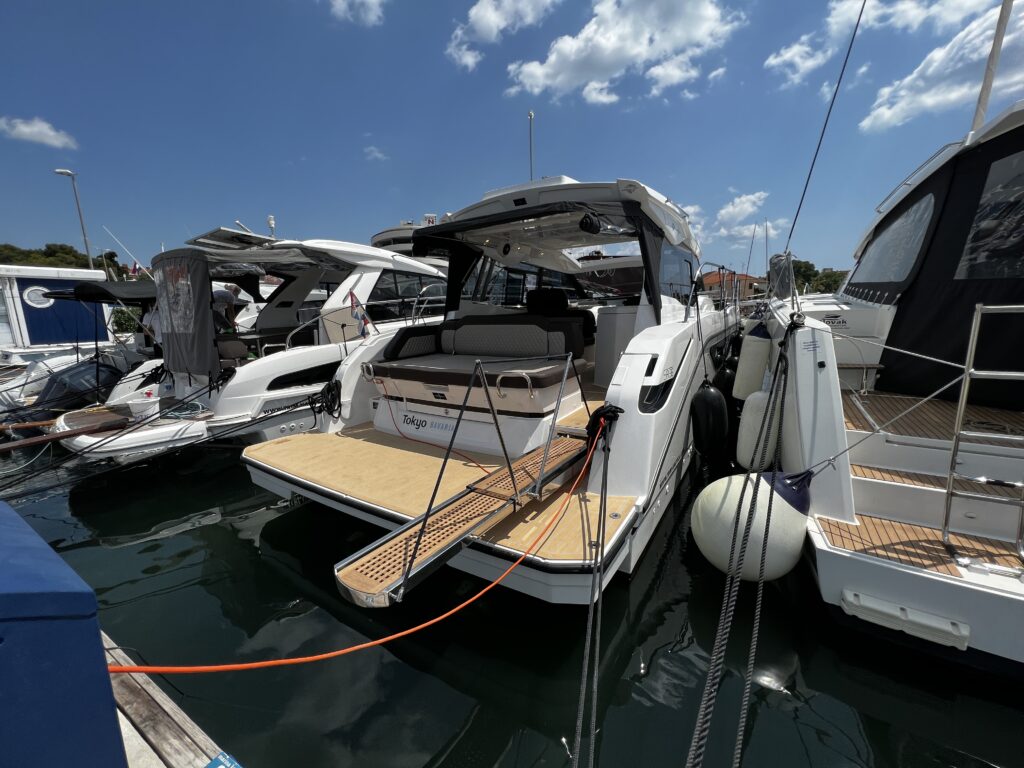How to Properly Moor a Yacht – A Guide for Skippers and Guests
Mooring a yacht in a marina or at a dock is one of the most important procedures during your sailing trip. Correct mooring ensures not only the safety of the vessel but also peace of mind for the skipper and crew. Whether you are an experienced captain or a beginner in chartering, following the right techniques is key to a safe and successful docking.
1. Preparation Before Entering the Marina
Before maneuvering, make sure to:
- ✅ Prepare fenders on both sides of the yacht.
- ✅ Arrange the mooring lines (bow, stern, springs, and breast lines).
- ✅ Assign clear roles to the crew for a smooth docking.
👉 If you are a beginner, we recommend our skipper training with Trim Nautica, where you will master the essentials of maneuvering.
2. Approaching the Dock
When entering a marina or approaching a berth:
- Sail slowly and under full control.
- Always take into account wind direction and currents.
- Communicate with marina staff – they will often guide you and assist with the lines.
👉 Safety regulations and guidelines are available at the Croatian Ministry of the Sea.
3. Mediterranean Mooring (Stern-to Docking)
The most common type of mooring on the Adriatic is stern-to docking:
- Approach the pier or pontoon with the stern of the yacht.
- Hand over or throw the stern line to the marina staff.
- Take the lazy line (underwater line) provided by marina staff and secure it to the bow.
- Tighten the stern lines to keep the yacht stable but not too close to the dock.
👉 This type of mooring is common in marinas in Biograd, Split, Trogir, and Šibenik.
4. Alongside Mooring
Side mooring is often used in smaller harbors or for short stops:
- First, secure the bow line.
- Then, secure the stern line.
- Add springs to prevent forward/backward movement.
- Check that fenders are properly positioned to protect the hull.
5. Safety Recommendations
- Never wrap a line around your hand – always use cleats or fairleads.
- Check the tension of the lines regularly, especially during the night and in strong winds.
- For longer stays, use extra fenders and check the lazy lines.
👉 For longer lay-ups, we recommend Dry Marina Biograd – a safe long-term storage option.
6. Common Mistakes Made by Beginners
- Lines too loose – the yacht “dances” and hits neighboring vessels.
- Lines too tight – difficult boarding and excessive pressure on cleats.
- Too few fenders – increased risk of hull damage.
Conclusion
Proper mooring is an essential part of every yachting experience. A safe mooring ensures a peaceful stay in the marina and carefree enjoyment of the Adriatic. If you are not sure, always ask our team or marina staff for assistance – safety should always c

